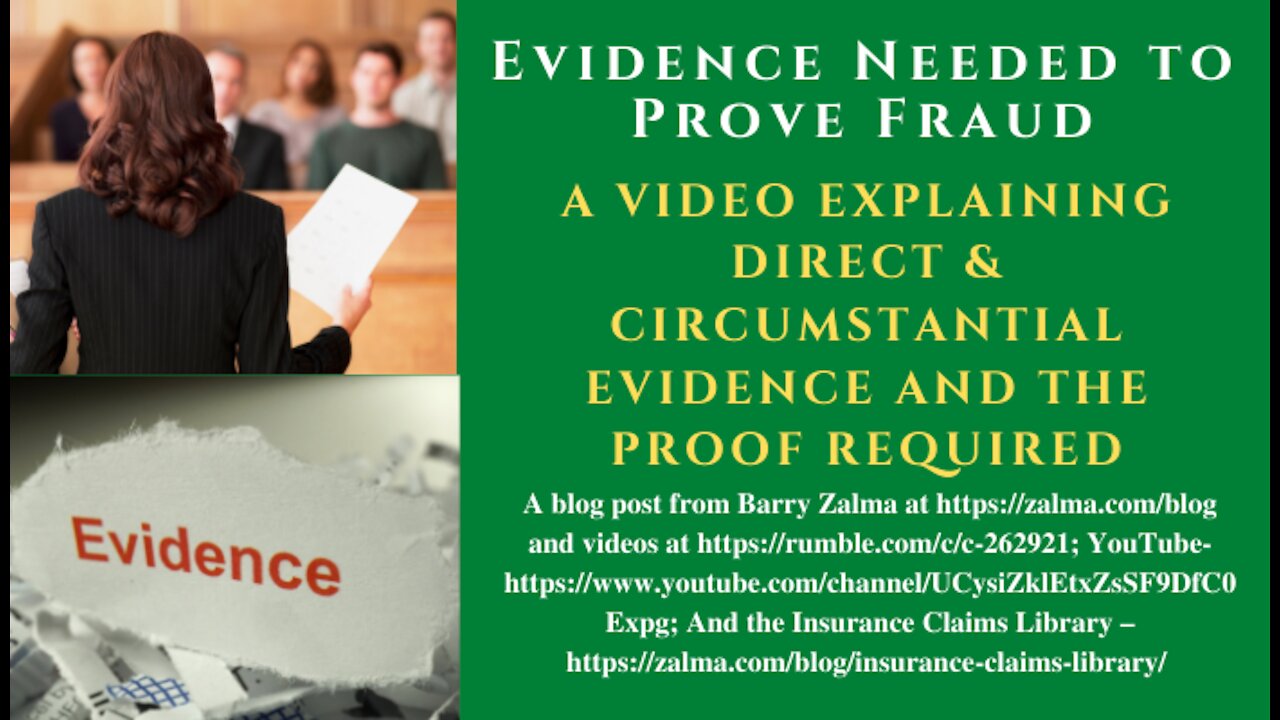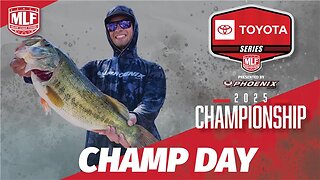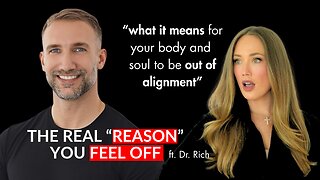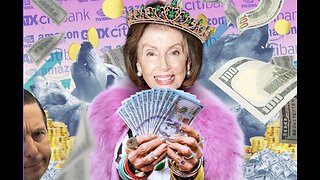Premium Only Content

Evidence Needed to Prove Fraud
A Video Explaining Direct & Circumstantial Evidence and The Proof Required
A Video Explaining Direct & Circumstantial Evidence and The Proof Required
To properly prepare a case for trial an adjuster or SIU investigator must understand evidence and that evidence is broken into two major categories: direct and circumstantial.
Direct Evidence
Direct evidence is proof that tends to show existence of a fact in question without the intervention of the proof of any fact. It includes testimony that tends to prove or disprove a fact in issue directly, such as eye-witness testimony or a confession.
Sometimes, direct evidence may not exist because records have been destroyed in a fire, destroyed by water, stolen, discarded, or eaten by vermin.
As important as direct evidence is to the proof of fraud or attempted fraud, courts have noted that it can be difficult to obtain direct evidence of something so internal as intent to commit fraud. [United States v. Washington, 715 F.3d 975, 980 (6th Cir. 2013)]. Jurors are therefore free to consider circumstantial evidence and draw reasonable inferences from it. In United States v. Hawkins (6th Cir., 2019) circumstantial evidence was sufficient to allow a jury to convict. Courts are often called upon to rule what direct evidence may be admitted. In one case the Government was allowed to introduce tax evidence, the asset transfer evidence and the 'salacious acts' evidence as direct evidence to prove a crime. In addition, the Government was allowed to introduce, under Rule 404(b), evidence concerning Mr. Brooks' alleged insurance fraud and the stock purchases by Mr. Brooks' family members. [United States v. Hatfield, 685 F.Supp.2d 320 (E.D. N.Y. 2010)]
A court stated it was mindful that there was no direct evidence that any of the plaintiffs here knowingly participated in any insurance fraud scheme, or even suspected one. But where a loss is caused by the fraud of a third party, in determining the liability as between two innocent parties, the loss should fall on the one who enabled the fraud to be committed. [Fidelity Natl. Tit. Ins. Co. of N.Y. v Consumer Home Mtge., 272 AD2d 512, 514 [2d Dept 2000].] Although any fraudulent conduct of the assignors might not be "properly imputed" to plaintiffs plaintiffs would be among the primary beneficiaries of the fraud [Chubb & Son v Consoli, 283 AD2d 297, 299 [1st Dept 2001]). [A.B. Med. Servs v. State Farm, 7 Misc.3d 822, 795 N.Y.S.2d 843, 2005 NY Slip Op 25089 (N.Y. Civ. Ct. 2005)]
Circumstantial Evidence
If direct evidence does not exist for any reason, circumstantial evidence must be produced to prove the fraud. It is direct evidence if a witness sees a jet plane fly across the sky and it is circumstantial evidence if the witness sees a jet's contrail but not the jet itself. [People v. Rios (Cal. App. 2015)]
Circumstantial evidence is all evidence of an indirect nature when the existence of the principal fact is deduced from evidentiary facts by a process of probability reasoning. The investigator takes circumstantial evidence and uses deductive reasoning to reach a conclusion. Circumstantial evidence and the deductions of a professional investigator are often more reliable than direct evidence like eye-witness testimony. Circumstantial evidence is sufficient to establish proof of arson and other criminal activities. [Hoosier Insurance Company, Inc. v. Mangino, 419 N.E. 2d 978, 986 (Ind. App. 1981)].
Many fraud cases are proved entirely by circumstantial evidence, or by a combination of circumstantial and direct evidence, but seldom by direct evidence alone. Fraudulent intent, the most difficult element to prove in many fraud cases, is usually proven circumstantially, and necessarily so, because it is impossible to produce direct evidence of the defendant’s state of mind, absent a confession or the testimony of a co-conspirator.
In a circumstantial case, the court may instruct the jury that the prosecution or the insurer must exclude all inference from the facts other than its determination of fraud. If the trier of fact can infer a legitimate rather than fraudulent explanation for a series of events, the insurer’s defense or the prosecution will fail. Even if no such instruction is given, the investigator and adjuster should apply the same standard when preparing a circumstantial case for trial.
Occasionally, as in the Indiana case of Hicks v. State of Indiana, 510 N.E. 2d 676 (1987), a thief will attempt to defeat a burglary claim by claiming it was part of an insurance fraud scheme. If the victim instigated the crime as part of an insurance fraud, there can be no conviction of burglary. However, adjusters, like the prosecutor in the Hicks case, should be leery of such “confessions” as they may often be fabricated. An insured should never be accused of fraud based on an accused felon’s statement unless independent, innocent witnesses corroborate the felon’s charges.
"Clear and Convincing” Standard of Evidence
© 2021 – Barry Zalma
-
 8:36
8:36
Barry Zalma, Inc. on Insurance Law
1 year agoZalma's Insurance Fraud Letter - January 15, 2024
293 -
 LIVE
LIVE
Major League Fishing
2 days agoLIVE! MLF Toyota Series Championship!
3,408 watching -
 4:38:52
4:38:52
DHG
5 hours agoRE4R - BIORAND X3 ENEMY MULTIPLIER MOD - PROFESSIONAL
11.4K -
 30:14
30:14
Robbi On The Record
1 day ago $4.54 earnedYou’re Out of Alignment: Spiritually, Mentally, Physically. Here’s Why. ft Dr. Rich
16.2K2 -
 4:27:17
4:27:17
LadyDesireeMusic
6 hours ago $1.84 earnedDaily White Pill- Music & Chat
11.6K6 -
 1:33:25
1:33:25
Jeff Ahern
5 hours ago $5.58 earnedThe Saturday Show with Jeff Ahern
21.2K7 -
 LIVE
LIVE
Spartan
3 hours agoStellar Blade Hard Mode with death counter (First Playthrough)
32 watching -
 LIVE
LIVE
GrimmHollywood
5 hours ago🔴LIVE • GRIMM HOLLYWOOD • SGT WILKY'S WARZONE PALOOZA 2 •
105 watching -
 20:36
20:36
It’s the Final Round
4 hours ago $5.48 earnedNBA Best Bets & Player Props | Full Analysis & Predictions, FREE Today (Saturday 11/9) November 9th
23.3K2 -
 LIVE
LIVE
The Real Tombliboos - Live Streaming
16 hours ago $1.92 earned🎮 Charity Stream for Extra Life 4 Kids! ❤ Supporting Texas Children’s Hospital ! 🙌
87 watching